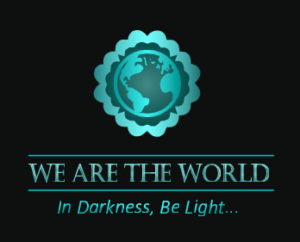 The rise in the crime graph of our city is cause of concern. Delhi today is a megalopolis. With 13 million inhabitants in 2001, we must now be hovering around 18 million, thus being the most populous city. 700 new migrants arrive each day and 600 babies are born every day. By 2015, Delhi is expected to be the second largest agglomeration in the world after Tokyo.
The rise in the crime graph of our city is cause of concern. Delhi today is a megalopolis. With 13 million inhabitants in 2001, we must now be hovering around 18 million, thus being the most populous city. 700 new migrants arrive each day and 600 babies are born every day. By 2015, Delhi is expected to be the second largest agglomeration in the world after Tokyo.
In 2005, (according to the wikipedia)Delhi accounted for the highest percentage (16.2%) of the crimes reported in the 35 cities in India with populations of one million or more. The city also has the highest rate of crime against women (27.6 compared to national average rate of 14.1 per 100,000) and against children (6.5 compared to national average of 1.4 per 100,000) in the country.
Not pretty statistics! And the list goes on: over 8% of Delhi’s population lives below the poverty line and many more barely survive. The galloping inflation rate is just making it worse. The city is bursting at its seams but no one seems to be aware. Quite the contrary. What is visible is a frenzied growth that defeats all logic: new malls, roads, buildings, housing colonies. each requiring its pound of flesh (read electricity, water, hospitals et al).
Whereas for some life is shining (to use a now well known and sated expression) for others it is getting worse by the day and in the wake of this crime is on a spiraling rise. And why not, as hopes and dreams larger than life grow illogically fueled by images and campaigns. The past days has seen the birth of bikers gang and they are on a rampage. The mood is one where everyone wants his place in the sun now and at whatever cost.
The police and authorities are and will remain helpless as they can only intervene after the act. What is needed is to try and comprehend why this is happening. I was recently introduced to the Capability Approach mooted by Amartya Sen and Martha Nussbaum that aims at evaluating social states in terms of well being (welfare) rather than resources (income, assets). Though I am still in the process of understanding this approach, what strikes me is the fact that we often tend to equate poverty simply to absence of money and everyone particularly the deprived is convinced that access to money will resolve all issues.
In the line of such thought the recent access to credit that the poor now have courtesy multinational banks and their financial franchisees, is just adding to the mess. In their frenzied attempt to rope in more and more consumers, such institutions bypass rules for a pocketful of coins. A happy individual gets his loan without understanding the real implications and the seeds of disaster have been sown. Bikes and cars now abound in the narrow lanes of Delhi’s slums. TVs blare in each and every home peddling dreams and false hope. Everything seems possible in this new India which seems to shine for all. What one tends to forget is that for some the sparkle is illusory.
In this almost hubristic environment where even Gods need to be defied, crime proliferates. Reason has been sacrificed at the alter of desires and wants. The shining India beckons all. Education that could have applied a moderating influence has also been hijacked along the way. At one end it reiterates the message of plenty whereas at the other it reinforces the reality of its absence. Moderation, temperance, patience are virtues of another era.
Times are ripe for all kind of short cuts, crime being one of them. Our society is truly sick and it is time we addressed the situation and found the elusive remedy.




